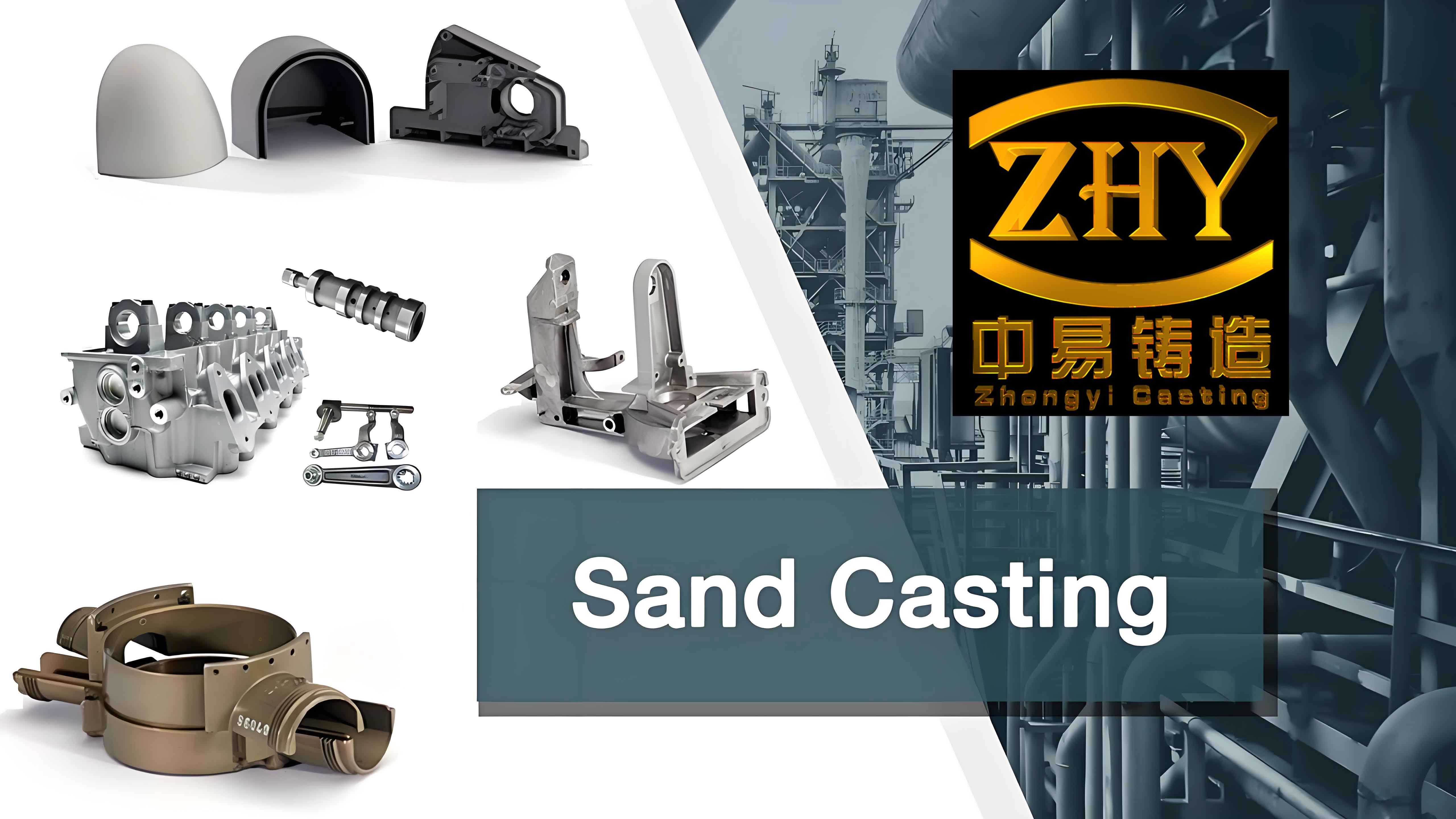
Sand Casting is a widely used manufacturing process for producing metal components with complex geometries. While it offers versatility and cost-effectiveness, one of the common challenges associated with Sand Casting is achieving a high-quality surface finish. Improving the surface finish of Sand Casting Parts is crucial for enhancing their aesthetic appeal, functional performance, and reducing the need for extensive post-processing. This article explores various strategies to improve the surface finish of Sand Casting Parts.
Understanding Surface Finish in Sand Casting Parts
Surface finish refers to the texture and smoothness of the surface of a cast part. It is influenced by several factors, including the type of sand used, mold design, casting parameters, and post-processing techniques. Achieving a high-quality surface finish in Sand Casting Parts involves addressing each of these factors comprehensively.
Factors Affecting Surface Finish
- Sand Quality: The type and quality of sand used in the mold can significantly impact the surface finish.
- Mold Design: The design of the mold, including the gating system and venting, affects the flow and solidification of the molten metal.
- Casting Parameters: Parameters such as pouring temperature, pouring rate, and cooling rate influence the surface finish.
- Post-Processing: Techniques used to clean and finish the casting after solidification play a crucial role in determining the final surface finish.
Strategies for Improving Surface Finish
Selecting High-Quality Sand
The choice of sand is critical in determining the surface finish of Sand Casting Parts. High-quality sand with fine grains can produce smoother surfaces.
Types of Sand
- Silica Sand: Commonly used due to its availability and cost-effectiveness, but may not provide the best surface finish.
- Zircon Sand: Offers better surface finish and thermal stability but is more expensive.
- Chromite Sand: Provides excellent surface finish and is suitable for high-temperature applications.
Table 1: Comparison of Sand Types
| Sand Type | Surface Finish Quality | Thermal Stability | Cost |
|---|---|---|---|
| Silica Sand | Moderate | Moderate | Low |
| Zircon Sand | High | High | High |
| Chromite Sand | High | Very High | Moderate |
Optimizing Mold Design
A well-designed mold can significantly improve the surface finish of Sand Casting Parts.
Mold Design Considerations
- Smooth Mold Surface: Ensure the mold surface is smooth and free from defects.
- Gating System: Design an efficient gating system to minimize turbulence and ensure smooth metal flow.
- Venting: Incorporate adequate venting to allow gases to escape and prevent surface defects.
Controlling Casting Parameters
Proper control of casting parameters is essential for achieving a high-quality surface finish.
Key Parameters
- Pouring Temperature: Maintain an optimal pouring temperature to ensure smooth metal flow and reduce surface roughness.
- Pouring Rate: Control the pouring rate to minimize turbulence and avoid surface defects.
- Cooling Rate: Implement controlled cooling to prevent thermal stresses and improve surface finish.
List 1: Key Casting Parameters for Surface Finish Improvement
- Maintain optimal pouring temperature.
- Control pouring rate to minimize turbulence.
- Implement controlled cooling.
Using Additives and Coatings
Applying additives and coatings to the sand mold can enhance the surface finish of Sand Casting Parts.
Types of Additives and Coatings
- Graphite Coatings: Provide a smooth mold surface and improve the surface finish.
- Resin Additives: Enhance the strength and smoothness of the sand mold.
- Ceramic Coatings: Offer excellent surface finish and are suitable for high-temperature castings.
Table 2: Benefits of Additives and Coatings
| Additive/Coating | Benefits |
|---|---|
| Graphite Coatings | Smooth mold surface, improved surface finish |
| Resin Additives | Enhanced mold strength, smoother surface |
| Ceramic Coatings | Excellent surface finish, high-temperature suitability |
Implementing Post-Processing Techniques
Post-processing techniques are vital for achieving the desired surface finish in Sand Casting Parts.
Common Post-Processing Techniques
- Shot Blasting: Uses abrasive particles to clean and smooth the surface.
- Grinding and Polishing: Removes surface imperfections and achieves a smoother finish.
- Chemical Cleaning: Uses chemical solutions to remove surface contaminants and improve finish.
List 2: Post-Processing Techniques for Surface Finish Improvement
- Shot blasting for surface cleaning and smoothing.
- Grinding and polishing to remove imperfections.
- Chemical cleaning for contaminant removal.
Case Study: Improving Surface Finish in Aluminum Sand Casting Parts
A foundry specializing in aluminum Sand Casting Parts faced challenges in achieving a high-quality surface finish. The following table outlines the steps taken to address these challenges and the results achieved.
Table 3: Case Study – Steps to Improve Surface Finish
| Step | Action Taken | Result |
|---|---|---|
| Sand Selection | Switched to zircon sand | Improved surface smoothness |
| Mold Design Optimization | Redesigned gating system and added venting | Reduced surface defects and improved finish |
| Casting Parameter Control | Maintained optimal pouring temperature and rate | Minimized turbulence and surface roughness |
| Additives and Coatings | Applied graphite coating to sand molds | Achieved smoother mold surface |
| Post-Processing Techniques | Implemented shot blasting and chemical cleaning | Enhanced final surface finish |
Conclusion
Improving the surface finish of Sand Casting Parts requires a comprehensive approach that addresses various aspects of the casting process. By selecting high-quality sand, optimizing mold design, controlling casting parameters, using appropriate additives and coatings, and implementing effective post-processing techniques, foundries can significantly enhance the surface finish of their Sand Casting Parts. Continuous monitoring and process improvement are essential for maintaining high-quality standards and meeting the increasing demands for precision and aesthetics in metal castings. Through these efforts, manufacturers can produce Sand Casting Parts with superior surface finishes, ensuring better performance and customer satisfaction.
